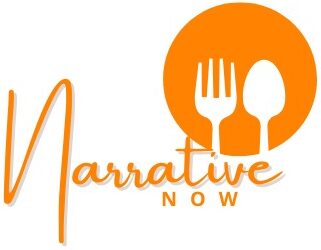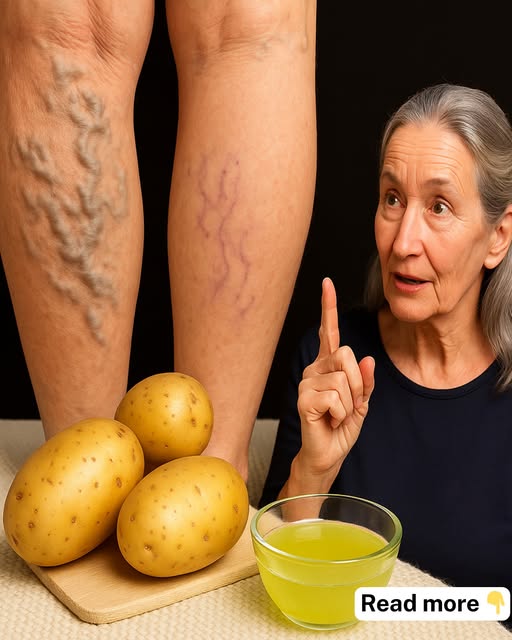Living with varicose veins can be frustrating—especially when they lead to discomfort, aching, or that heavy-leg feeling that won’t go away. While many people search for quick fixes or bold claims, the truth is that managing varicose veins often requires a mix of gentle lifestyle changes and time-tested care.Leg compression stockingsVein health supplements
Leg pain reliefVein health insurance
Health educator Barbara O’Neill and many holistic practitioners have sparked interest in natural approaches to support vein health. But what actually works—and what’s just hype? In this article, we’ll explore evidence-based ways to care for your legs, reduce the appearance of varicose veins, and support long-term circulation—without extreme treatments or risky promises.
What Are Varicose Veins?
Varicose veins are enlarged, twisted veins that commonly appear on the legs or feet. They’re caused when tiny valves in the veins weaken, allowing blood to pool instead of flowing smoothly back toward the heart. Over time, this leads to:Vein health insuranceVein health supplements
Swollen, bluish or purple veins
Aching or throbbing in the legs
Heaviness or fatigue, especially after standing
Mild swelling or itching around the ankles
According to the National Heart, Lung, and Blood Institute, varicose veins affect nearly 23% of adults in the U.S., with women over 50 being especially prone due to hormonal changes and pregnancy history.
Leg pain reliefLeg compression stockings
What Causes Them?
Varicose veins develop for several reasons—many of which are out of our control. However, a few lifestyle and genetic factors can increase the likelihood, including:
Family history
Aging
Standing or sitting for long periods
Being overweight or inactive
Pregnancy and hormonal shifts
Vein health supplements
While not usually dangerous, untreated varicose veins can sometimes lead to complications like skin ulcers, inflammation (phlebitis), or blood clots. That’s why gentle, consistent care matters.
Natural Ways to Support Varicose Vein Health
Here are some time-tested strategies—backed by research and widely recommended by vascular specialists—to ease discomfort and support your vein health over time.
1. Keep Your Legs Moving
Movement is your veins’ best friend. When you walk or flex your calves, you activate the muscles that push blood back up toward your heart.
Simple ways to improve circulation:
Take short walks every hour if you sit a lot
Do seated calf raises or ankle circles while watching TV
Try gentle exercises like swimming or cycling
The Mayo Clinic notes that regular activity is one of the most effective ways to prevent varicose veins from worsening.
2. Elevate Your Legs
Raising your legs above heart level for 10–15 minutes at a time helps reduce pressure in your veins.
Tips:
Lie on a couch or bed and prop your legs up with pillows
Aim for at least 2–3 elevation sessions daily
Avoid sitting with your legs crossed for long periods
3. Wear Compression Stockings (If Recommended)
Compression socks or stockings gently squeeze your legs, helping veins work more efficiently. While not always necessary for mild cases, they can ease swelling and discomfort.
When to consider them:
After long days of standing or sitting
During travel or recovery
If your doctor recommends them for chronic venous insufficiency
Be sure to choose a level of compression that matches your needs—light for daily support, higher grades only under medical advice.
4. Eat a Vein-Friendly Diet
Certain nutrients can help keep veins strong and support better blood flow. These include:
Foods rich in:
Vitamin C (oranges, bell peppers): supports collagen in vein walls
Bioflavonoids (berries, citrus): may reduce inflammation
Magnesium (leafy greens, almonds): supports smooth muscle tone
Fiber (oats, legumes): helps prevent constipation, which can worsen vein pressure
Staying hydrated also keeps your blood less sticky and easier to circulate.

